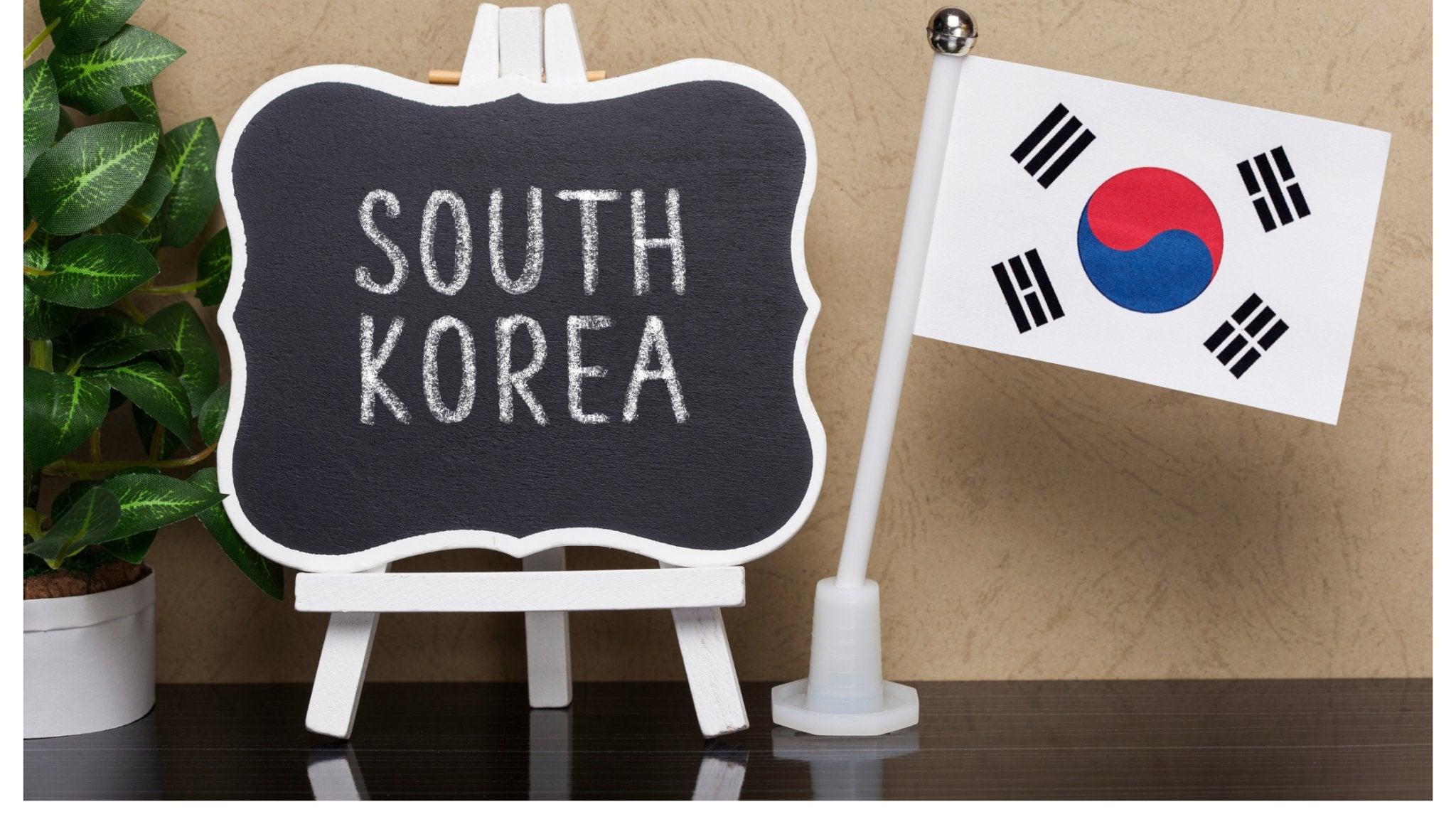South Korea, or the Republic of Korea, was established as its own country in 1948. As an independent country, it isn’t very old, but it does have quite a history. Read on to learn more about this amazing country and the people who live there.
The Korean peninsula has been settled for a really long time. Chinese records going back to the 4th century BC speak of the people who lived there.
The Three Kingdoms of Korea
There were three kingdoms who held territory in the Korean peninsula. In the north, there was the kingdom of Koguryo. The southern portion was divided between the kingdom of Paekche in the southwest and the kingdom of Silla in the southeast.
Eventually, the kingdom of Silla overtook its neighbors and remained in power from 668 CE until 918 CE, when the Koryo dynasty took over. Koryo was formed by General Wang Kon.
Over the course of the Koryo dynasty, religions and beliefs were adopted, like Confucianism and Buddhism. Education and the arts were expanded.

During this period, beautiful pieces of art were created including beautiful ceramics called Koryo celadon.
The name of the peninsula, Korea, is the “westernized” version of the name Koryo.
The Koryo dynasty reigned until 1392.
Afterward, the Choson dynasty (or Joseon) took over and continued with a unified country. Their territory was just about as big as the area covered by North and South Korea today.
It’s also called the Yi dynasty, after the ruling family.
They decided that Confucianism would be the official religion. As a result, many things like state rituals, social norms, and beliefs were influenced by Confucianism.
The Choson believed in class separation, like the working class from the nobles and land owners. Continuing family lines was encouraged. It was also important to respect ancestors, because people believed that the spirits of their ancestors could provide assistance with the problems the living people had.

The people continued to develop their art. Calligraphy and painting were a big part of the cultural expansion during this period.
Like many cultures throughout the world, there are bits and pieces which are borrowed from other cultures.
Even though China is right next door to Korea, the spoken language of the peninsula is much different and more closely resembles Japanese. Plus, even with different dialects throughout the country, everyone can understand each other.

Korea’s written language, however, resembles China’s with its use of pictographs.
Shutting Out the Rest of the World
During the latter part of the Choson dynasty, the leaders decided they didn’t want any more outside influence or interference.
Japan tried to invade China at the end of the 1500s, and went through Korea to do so. The Chinese came to the assistance of the people of Korea, but it was still a mess. The people of Korea managed to keep hold of their country.
Then, in the early 1600’s, the Manchus of northeast Asia tried to invade. The people of Korea held their ground and kept the Manchus from overthrowing the kingdom.
The leaders of Choson decided that they’d had enough. They decided to limit contact with all foreign countries. They didn’t let anyone come in and set up any outside trade, and very few people from Korea ventured outside their country. It became known as a sort of “hermit” country.
Russia, China, the United States, France, Great Britain, and Japan all tried to get in and influence Korea. The leaders resisted, holding fast to keeping others out.
Then in 1876, Japan imposed a diplomatic treaty. They basically forced their way in and then made Korea a colony of Japan by 1910.
They were even more strict than the rulers during the previous dynasty. It was a rough period for Korea. Under Japanese rule, the Koreans were being pushed to change their language, lose their cultural identity, and even change their names to Japanese ones!

The Japanese did bring about an industrial revolution to Korea. They established coal and electric power plants on the peninsula. During the 1920s and 1930s, industry grew like crazy.
Japanese rule came to an end with their surrender at the conclusion of World War II. They abandoned Korea in 1945.
Temporary Peace
Unfortunately, the end of Japanese occupation on the peninsula in 1945 didn’t result in a happy ending. Soviet Russia backed North Korea and the United States backed South Korea. By 1947, Russia and the United States weren’t getting along very well. That was the start of the Cold War.
This era ended up dividing Korea into the two states we now recognize. North Korea, known as the Democratic People’s Republic of Korea, established its own government based on Russia’s Soviet system and set up capital in Pyongyang.
South Korea, known as the Republic of Korea, set up its capital in Seoul.
Both cities are still the respective capitals of the divided country.
It didn’t stop there, though. North Korea decided in about 1950 that they wanted to take over South Korea. The two halves went to war.
The United States sent aide to South Korea, and Russia and China helped North Korea.
The result? In 1953, the war ended, pretty much where it started. And the two halves were still separated.

Called the 38th Parallel, it’s the dividing line between North and South Korea. The area is about 2 ½ miles wide and stretches all the way across the peninsula.
Bridging the Gap
In 2000, peace talks were initiated and ultimately what everyone hopes will happen is that Korea will become a unified country once again.

Things are dicey, though. The leaders of the North and South have different ideas and thoughts about how things should work. Until everyone can agree, or at least compromise, the peninsula will be split between two nations.
South Korea Now
South Korea maintained ties with the United States, and the US has helped it move forward.
From tribal civilizations to the third largest economy in East Asia, behind China and Japan, South Korea has grown by leaps and bounds.

The people of the country are proud of their accomplishments, as they should be! They went through an awful lot, and still managed to become their own nation. Holding onto their cultures and traditions, they have survived and thrived.
You can enjoy some of the delicious food from the region while you explore history and more in our South Korea box from eat2explore!







